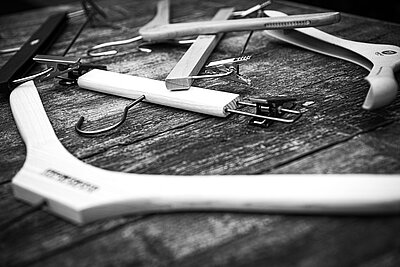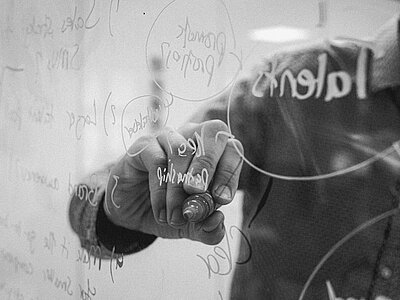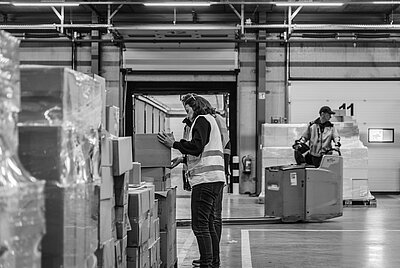It’s important that the focus on sustainability doesn’t stop the moment customers set foot in-store. Why? Because, according to McKinsey's report on 'Climate Sustainability in Retail', Scope 3 emissions (which are generated across the whole value chain and aren’t in the retailer’s control) can account for 80 percent of a retailers total carbon footprint.
If you’re going to make an impact in off-setting these emissions, evaluating your in-store efforts is important.
Close the circle
For many retailers, now is the time to reconsider the in-store space and its sustainable benefits.
Big brands are putting sustainability at the heart of the in-store experience because it’s what consumers want. Luxury British department store Harrods has established The Restory – a dedicated in-store space that will repair and restore your accessories to their former glory. Alongside this, their bespoke tailoring alterations service promises “you the freedom to restore or reimagine garments anew.”
Recognising that consumers are keen to repair and re-purpose, it also puts the onus on retailers to create and procure products that will be suitable for repair in the future and then potentially resale – closing the circle of sustainability.
“There is no circular movement without care and repair,” says Emily Rea, co-founder and head of marketing and business development at The Restory.
What's in-store?
Paying attention to the items you procure is important. And not just for the items you sell.
How much attention are you giving to your goods not for re-sale (GNFR)? Your hangers, your paper towels or cleaning products, your mannequins, your bags, your eco copy paper? These areas have huge potential to cut your environmental impact, but they’re often overlooked. Assessing their potential for recycle and re-use at the end of their life is an important way to reduce your in-store impact and bring sustainability further into your supply chain. And show your customers that you care.
Spar Snarøya in Norway is a leader at in-store sustainability in the food retail space, a sector from which lessons can be learnt. From Spar Snarøya’s construction to its day-to-day running, it is a gold standard store that has ensured nothing has been overlooked in the pursuit of a circular economy – including its GNFR goods.
Cardboard punnets and trays have replaced plastic packaging on fruit and vegetables, recyclable juice bottles and bags for carrots, paper-only bakery bags and bamboo straws and cutlery have all been introduced to reduce the impact on the environment.
And new opportunities for retail are constantly emerging; Thriv3 Group is a London-based initiative that takes old fibreglass mannequins and turns them into recycled shop fixtures and fittings. Spanish manufacturer Polycart creates shopping trolleys that are 100% recyclable at the end of their life.
It’s possible to put sustainability at the centre of your GNFR procurement strategy.
Buy recycled
When you’re fitting out your store, replacing old displays or sourcing new in-store supplies, take some time to consider the alternatives to buying brand new.
Are you able to buy refurbished stands and shelves? Can an upcycled display table make a stand-out statement in-store? What products can you buy new, that are made from recycled materials such as Dufaylite, which creates eye-catching retail displays from its honeycomb design, the core of which is made from 100% recycled paper. Make sure you speak to your supplier to see what opportunities and products are available. At Worldpack, we pride ourselves on sourcing whatever our customers need – even the most unexpected items!
Whether it’s buying bags or boxes made from recycled paper, plant pots made from recycled husk or cleaning cloths made from recycled materials, there is plenty you can change to your procurement strategy that can make an impact.
As McKinsey's Spotlight report on retail’s sustainable future states: “Making sure the organization can implement the principles of the circular economy (reduce, reuse, refurbish, repair, and recycle) will be key to realizing change.” And those changes are important in every area of your business – including in-store and with GNFR.
At Worldpack, we can help you procure sustainably for your GNFR strategy. Speak to one of our account managers today +31(0) 88 494 20 80 or email online@worldpack.eu


